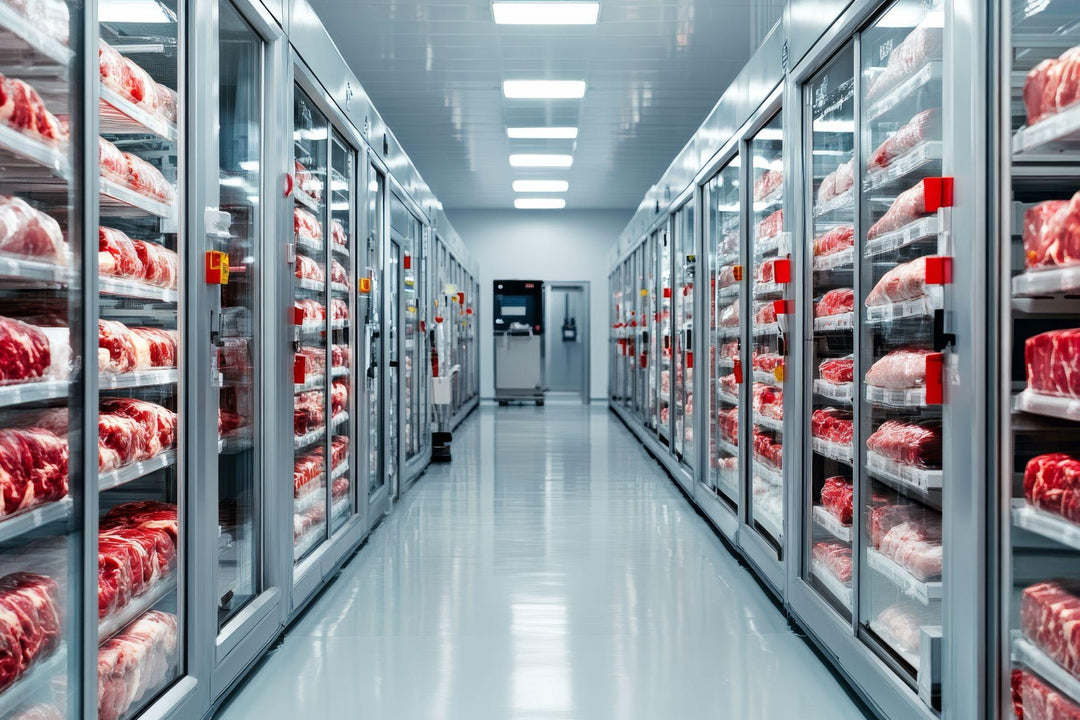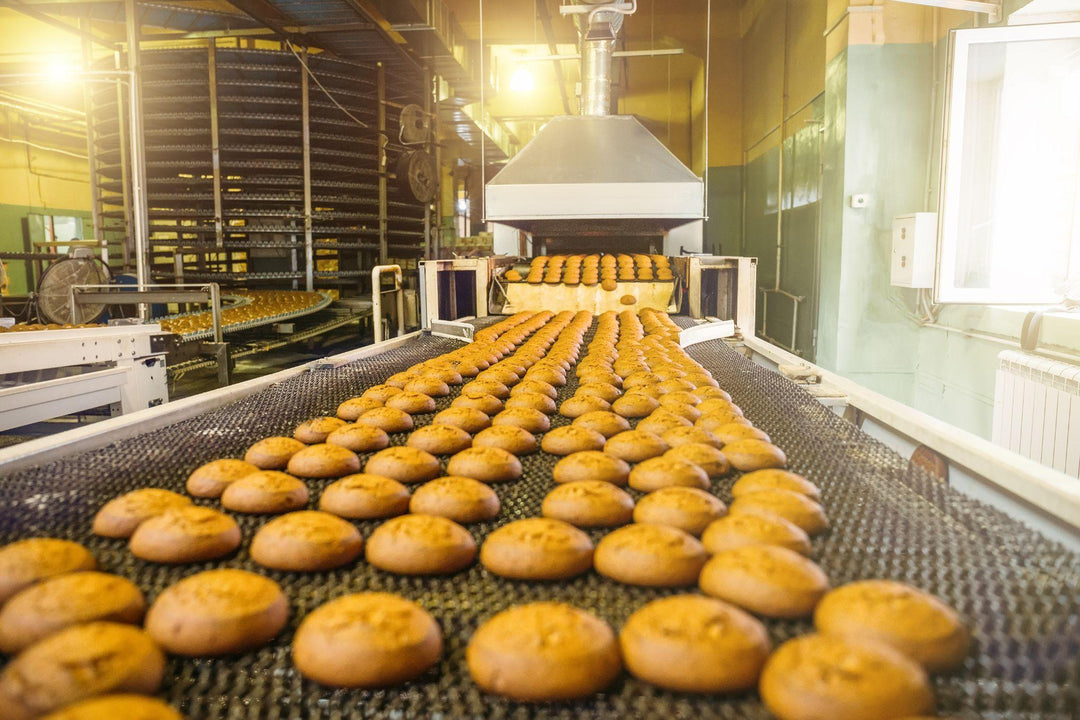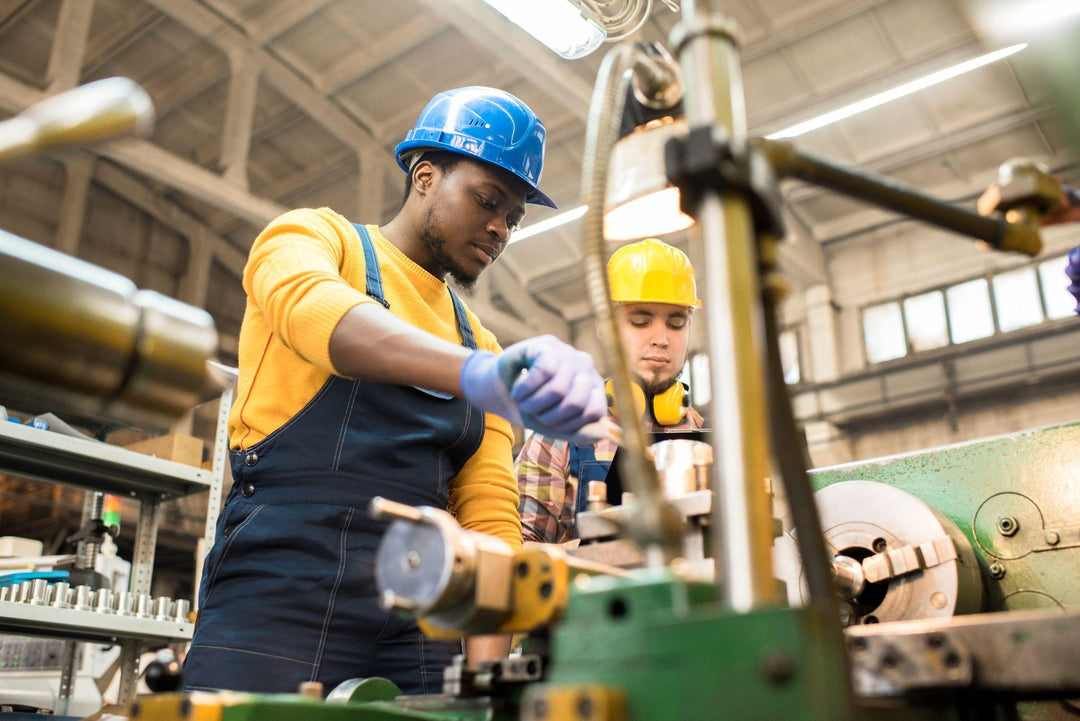Extending the Life of Material Handling Containers: Best Practices
Extending the life of material handling containers is essential for businesses looking to optimize their supply chain operations and reduce costs in the long run. Best practices involve implementing various strategies that enhance container durability, minimize damage, and ensure efficient utilization throughout their lifecycle. By adopting these practices, organizations can maximize return on investment while also contributing positively to sustainability efforts by reducing waste generation.
What Are Material Handling Containers?
 Material handling containers, also known as storage or transport containers, are specifically designed to safely store and transport materials within manufacturing, industrial, and logistics settings. These containers come in various forms, such as bins, crates, pallets, totes, barrels, drums, and racks. They are typically made from durable materials like plastic or metal to withstand the rigors of heavy-duty usage in warehouses, distribution centers, manufacturing facilities, and other such places.
Material handling containers, also known as storage or transport containers, are specifically designed to safely store and transport materials within manufacturing, industrial, and logistics settings. These containers come in various forms, such as bins, crates, pallets, totes, barrels, drums, and racks. They are typically made from durable materials like plastic or metal to withstand the rigors of heavy-duty usage in warehouses, distribution centers, manufacturing facilities, and other such places.
What Are Their Applications?
Material handling containers are crucial in optimizing inventory management systems by facilitating the efficient movement of goods throughout the supply chain while ensuring protection against damage during handling and transportation processes.
Durable material handling containers have a wide range of applications in various industries and sectors. Some common applications include:
- Storage
- Transportation
- Sorting and Order Picking
- Assembly Line Processes
- Waste Management
- Returnable Packaging
- Cross-Docking
- Display and Merchandising
The Role of Material Handling Containers in Efficient Operations and Safety
Material handling containers play a vital role in ensuring efficient operations and promoting safety within industrial environments and offer these benefits:
- By providing standardized and consistent storage and transport solutions, material handling containers contribute to streamlined processes and efficient inventory management.
- These containers can be stacked or nested when empty to save valuable floor space, while their uniform dimensions ensure compatibility with various storage systems or loading methods.
- Material handling containers offer protection against damage that can occur during transit or from handling. They feature reinforced corners, durable materials, and secure lids or doors to protect goods from impacts, crushing, moisture, dust, or other potential hazards.
- Using material handling containers that are appropriately sized and equipped with ergonomic features, such as handles or wheels, reduces the risk of lifting, carrying, and straining injuries.
- Clearly labeled containers and standardized storage systems make it easier to track inventory levels accurately for better inventory control.
- Many material handling containers can be easily cleaned for hygiene purposes in industries where cleanliness is crucial, such as food processing plants or healthcare facilities.
- Reusable material handling containers reduce reliance on single-use packaging materials, encourage sustainable practices, and reduce packaging waste generation.
The Durability of HDPE in Material Handling Containers
High-density polyethylene (HDPE) is a widely used material in manufacturing material handling containers due to its excellent durability. HDPE containers offer several benefits that make them well-suited for withstanding the rigors of handling, transportation, and storage:
- Impact Resistance
- Chemical Resistance
- UV Resistance
- Moisture Resistance
- Durability Under Temperature Extremes
- Abrasion Resistance
- Long Lifespan
Tips and Strategies for Maintenance and Care of HDPE Containers
The practice of maintaining and caring for HDPE containers is essential to prolong their lifespan and optimize their performance. Some tips and strategies for effectively maintaining these containers include:
- Clean Regularly: Implement a regular cleaning schedule to remove any dirt, debris, or residue that may accumulate on the surface of the containers. Use mild soap or detergent solutions and non-abrasive brushes or cloths to clean the interior and exterior surfaces.
- Inspect for Damage: Conduct periodic visual inspections to identify any signs of damage, such as cracks, fractures, dents, or deformities in the HDPE containers.
- Repair Damages: In case of minor damages like small cracks or holes, consider using appropriate repair methods such as plastic welding techniques or patching materials specifically designed for HDPE repairs.
- Ensure Proper Handling: Train employees on proper handling techniques when using HDPE material handling containers.
- Store Properly: When not in use, store HDPE containers in a clean and dry environment, away from direct sunlight or extreme temperature fluctuations.
- Follow Weight Capacity Guidelines: Avoid overloading the containers, which can lead to structural damage or failure.
- Follow Manufacturer’s Recommendations: Follow any maintenance recommendations provided by the container manufacturer.
By using these tips and strategies for maintenance and care of HDPE containers, you can maximize their longevity while ensuring reliable performance.
Order Endural HDPE Containers Today
Improve your material handling process with Endural HDPE containers. Our HDPE containers are durable, come in a variety of sizes and shapes, and help you increase efficiency, reduce damage, and streamline your operations. Contact us to order durable material handling containers today.




